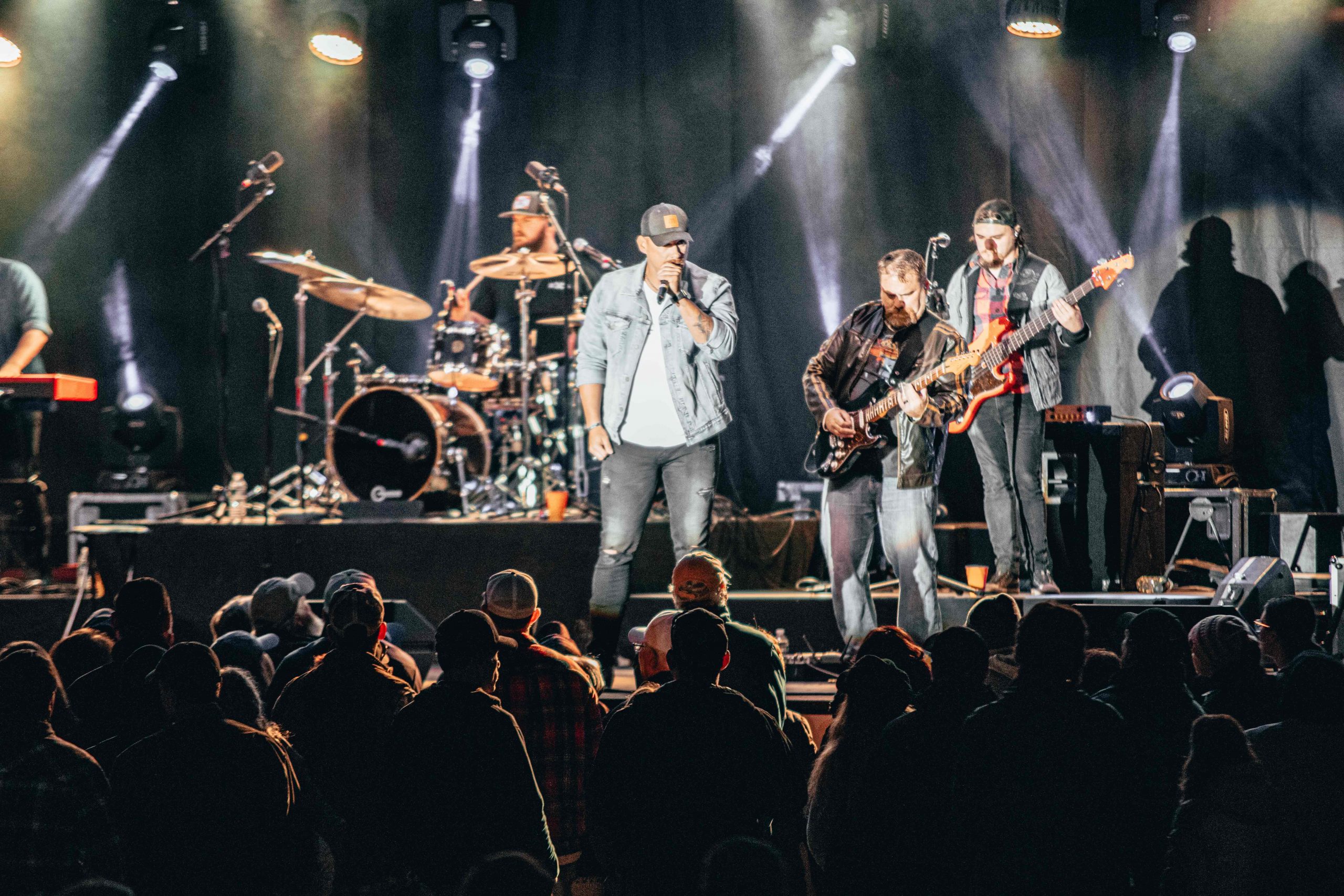
Firefighters are often hailed as heroes, but their professional life combines rigorous training, rapid response, and relentless commitment to public safety. A day in the life of a firefighter is filled with challenges that test their physical and mental fortitude.
The Start of the Shift
A firefighter’s day begins early, often before dawn. The first task is to ensure all equipment is in perfect working order. This includes checking breathing apparatus, hoses, and the fire engine itself. Every tool and piece of gear must be ready for immediate use. This meticulous routine is crucial as it can mean the difference between life and death in an emergency.
Training and Drills
Continuous training is a cornerstone of a firefighter’s career. Firefighters engage in various drills throughout the day to keep their skills sharp. These drills simulate real-life scenarios, from rescuing people from burning buildings to handling hazardous materials. Physical fitness is also paramount, so workouts are a regular part of the schedule to maintain the strength and stamina needed for the job.
Responding to Emergencies
When the alarm sounds, firefighters must be ready to respond within minutes. Each emergency call brings a different challenge. Whether it’s a raging fire, a car accident, or a medical emergency, firefighters must be prepared for anything. The ability to stay calm under pressure and make quick, effective decisions is crucial. They work as a team, relying on each other to perform their roles efficiently.
Fire Prevention and Education
Apart from responding to emergencies, firefighters play a vital role in fire prevention and education. They inspect buildings to ensure they comply with fire safety regulations. Educating the public, especially children, about fire safety is also a significant part of their job. Firefighters visit schools and community centers to teach people how to prevent fires and what to do in case of an emergency.
Emotional and Mental Resilience
A firefighter’s life is not just physically demanding; it’s also emotionally taxing. They often encounter traumatic situations, from rescuing distressed victims to witnessing the aftermath of fires and accidents. To cope with these experiences, firefighters receive psychological support and counseling. Peer support groups within the fire department allow firefighters to share their experiences and support each other.
Balancing Professional and Personal Life
Balancing the demanding nature of firefighting with personal life can be challenging. Firefighters often work 24-hour shifts, which means long hours away from home. Despite the demanding schedule, many firefighters find ways to maintain a healthy work-life balance. Spending quality time with family and engaging in hobbies and interests outside work are essential for mental well-being.
Advancing in the Career
Professional development is a continuous process for firefighters. Many pursue additional training and certifications to advance their careers. Opportunities for advancement include roles such as fire inspectors, arson investigators, and even chief fire officers. These positions require a deep understanding of fire science, leadership skills, and the ability to manage complex situations.
The Reward of Service
Despite the risks and challenges, firefighting is incredibly rewarding. The fulfillment that comes from saving lives and protecting the community is unmatched. Firefighters often develop strong bonds with their colleagues, forming a tight-knit family that supports each other through thick and thin.
The Evolution of Firefighting
Firefighting has evolved significantly over the years. Advances in technology have improved firefighting techniques and equipment. Modern fire engines have state-of-the-art tools that enhance efficiency and safety. Innovations like thermal imaging cameras help firefighters locate victims in smoke-filled environments. At the same time, improved protective gear provides better protection from heat and flames.
Community Connection
Firefighters are deeply embedded in their communities. They are often seen as role models and trusted figures. Community engagement activities, such as open houses at fire stations and participation in local events, help build strong connections between firefighters and the people they serve. This trust and rapport are vital during emergencies when quick and effective communication can save lives.
The Path to Becoming a Firefighter
The journey to becoming a firefighter is rigorous and competitive. It starts with meeting the basic requirements, such as age, education, and physical fitness. Candidates must pass exams, including written tests, physical agility tests, and interviews. Once selected, recruits undergo intensive training at a fire academy, learning firefighting techniques, emergency medical procedures, and fire prevention strategies.
Lifelong Learning and Adaptation
The firefighting profession requires lifelong learning. Firefighters must stay updated with the latest techniques, medical procedures, and safety protocols. To enhance their skills, they regularly attend workshops, seminars, and advanced training programs. This commitment to continuous learning ensures they are always prepared to face new challenges and protect their communities effectively.
Honoring the Unsung Heroes
Firefighters are unsung heroes who put their lives on the line daily to protect others. Their professional life is a testament to dedication, bravery, and resilience. From responding to emergencies and educating the public to maintaining equipment and advancing their careers, firefighters embody the spirit of selfless service. The next time you see a firefighter, remember the immense effort and sacrifice that goes into their role. Their unwavering commitment to public safety makes them true heroes in our communities.